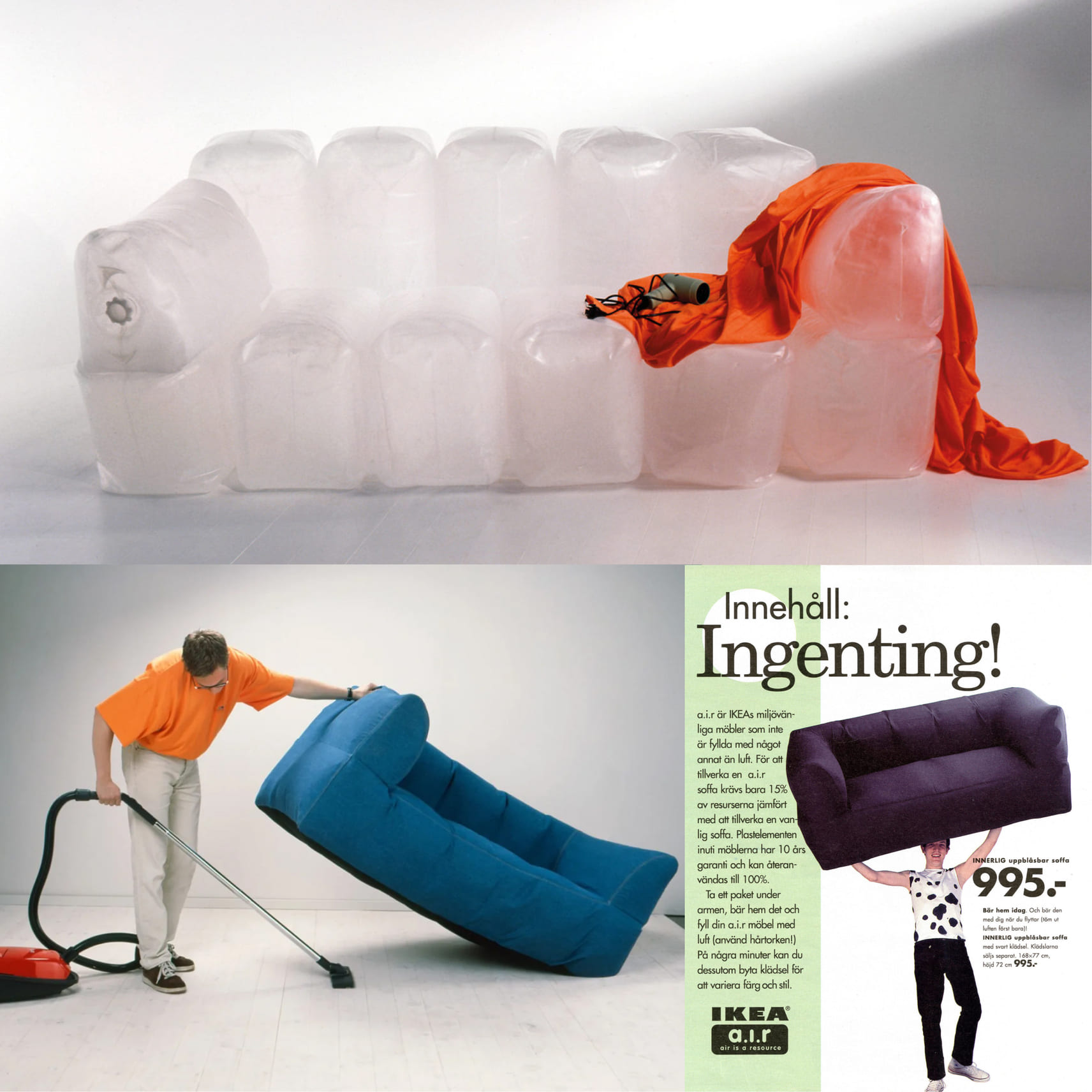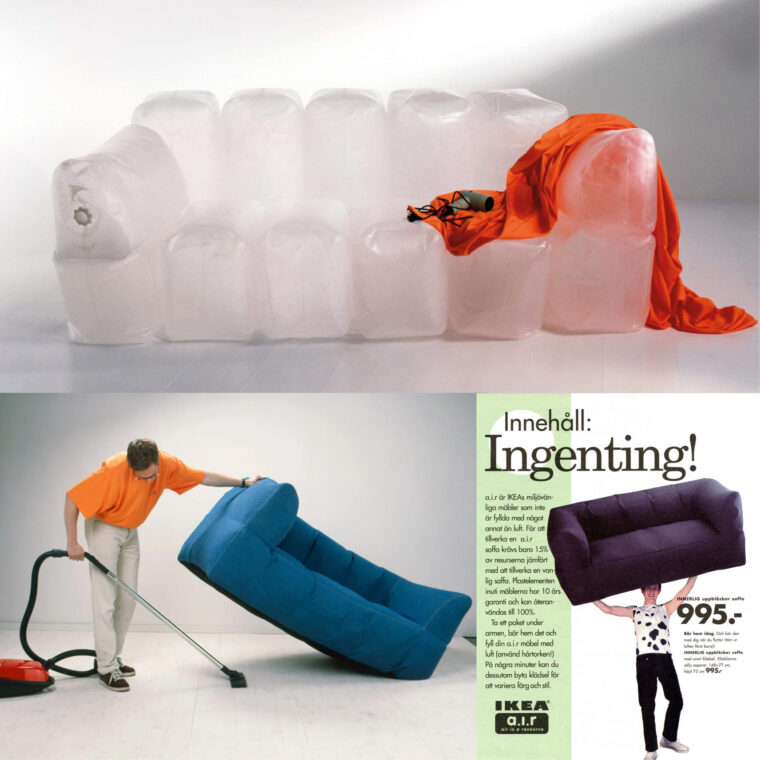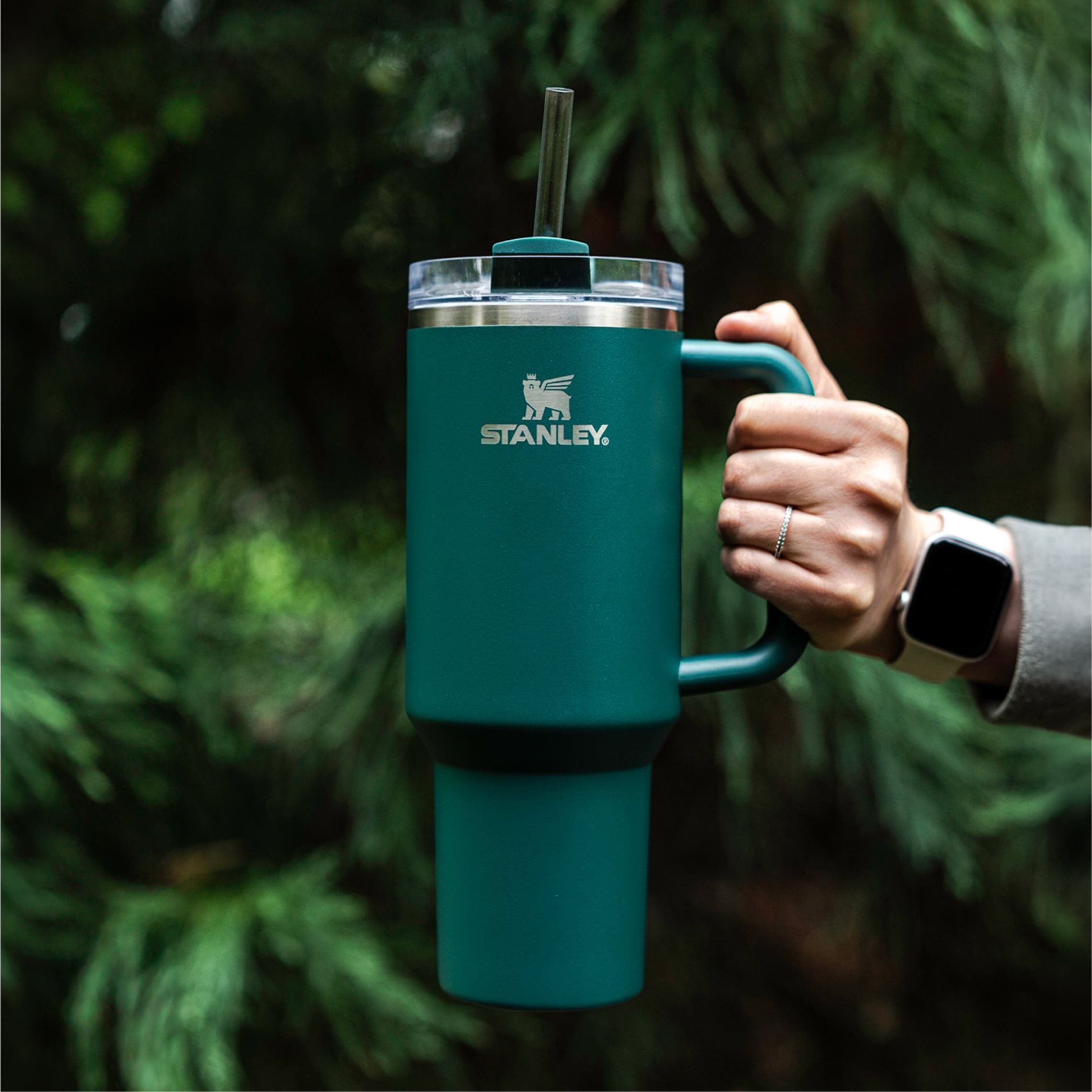In the late ’80s, IKEA, the titan of flat-pack furniture, ventured into uncharted waters with an idea that seemed straight out of a science fiction novel: inflatable furniture. This was not just any furniture, but sofas and chairs that could be carried home with ease and inflated with a hair dryer. Dubbed the “a.i.r.” series, this concept promised to revolutionize the way we think about home furnishings.
Compared to standard furniture, this design reduced:
– The use of raw materials by 85%
– Transport volume by 90%
The problem? The lightweight, airy nature of these pieces, initially a selling point, became a comedic flaw. Imagine walking into an IKEA store only to find sofas and chairs drifting about like wayward balloons, static electricity making them cling to every dust particle in sight.
The problems didn’t end there. Marcus Engman, IKEA’s global design head, remarked that people didn’t use the hair dryer’s cold air function to fill the inflatable sofa, “People usually have them on hot, and we didn’t think of that because if you have it on hot and attach it to plastic, it melts it.”
The sofas also had another quirk – a tendency to squeak and deflate over time due to leaky valves, turning what should have been a comfortable seat into a semi-permanent whoopee cushion.
Despite these setbacks, IKEA’s spirit of innovation didn’t waver. They tried again in 2001 with animal-shaped inflatable cushions for children, but high manufacturing costs led to their discontinuation.
Reflecting on these ventures, Engman shared a valuable insight: “If you want to do new engineering, maybe put it into something people can relate to from the beginning instead of something that is such a new form because it’s hard to relate to — (people) can’t understand it.”
This tale of IKEA inflatable furniture is more than just a story of product development gone awry; it’s a narrative about the courage to experiment and the wisdom to learn from failure. It’s a reminder that even the most innovative ideas must be grounded in practicality and user experience.
So, let’s celebrate the daring and resilience of IKEA, a company that’s not afraid to inflate big ideas, even if some of them end up a bit deflated.





